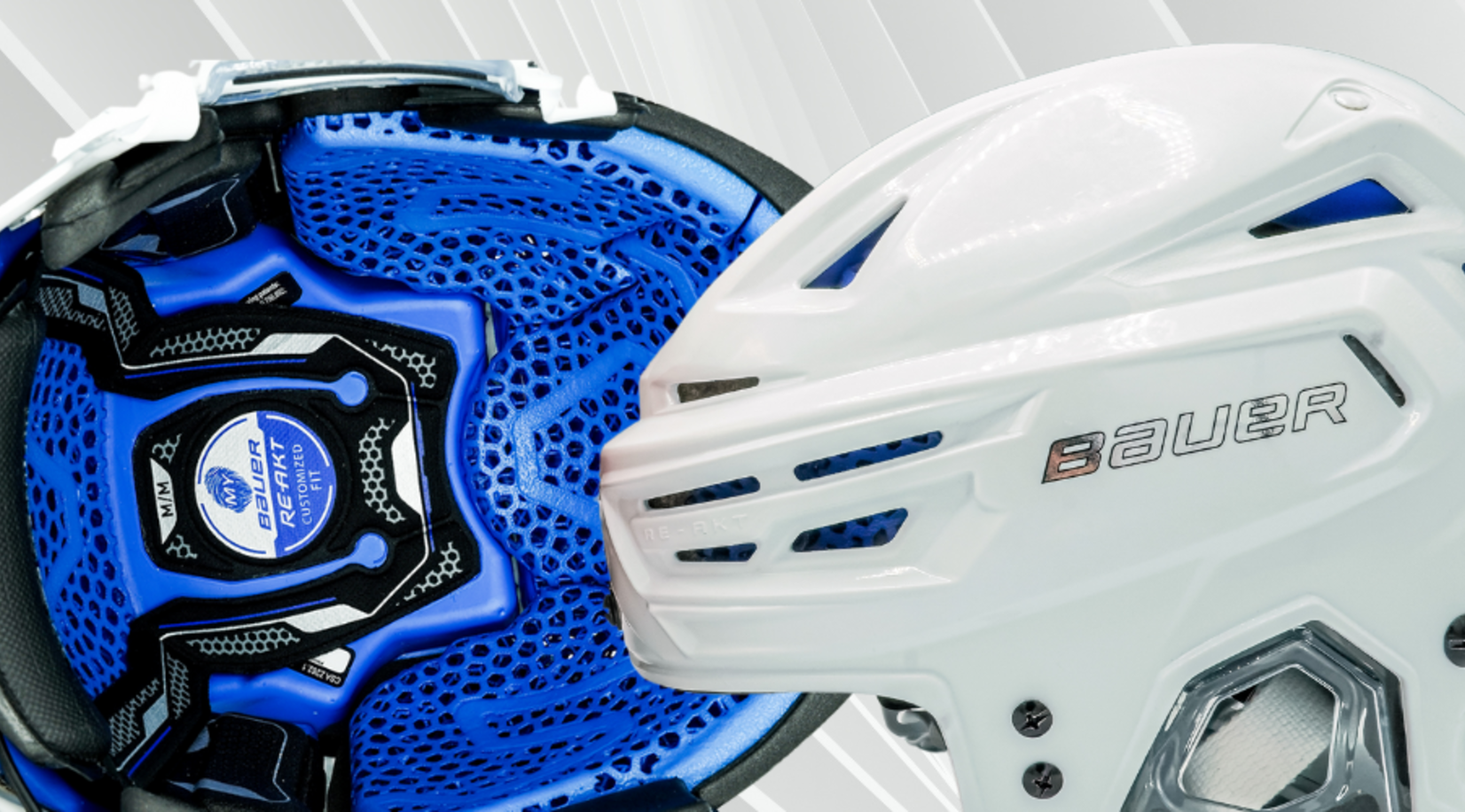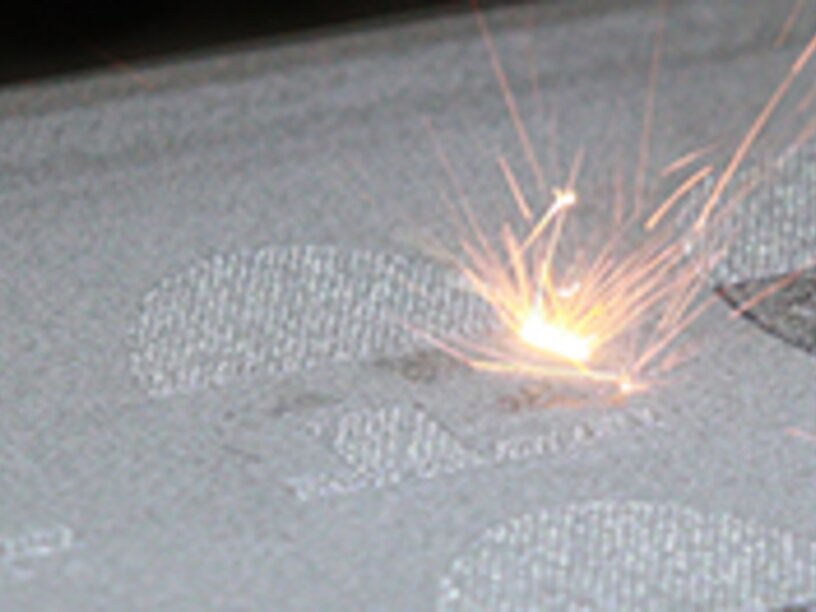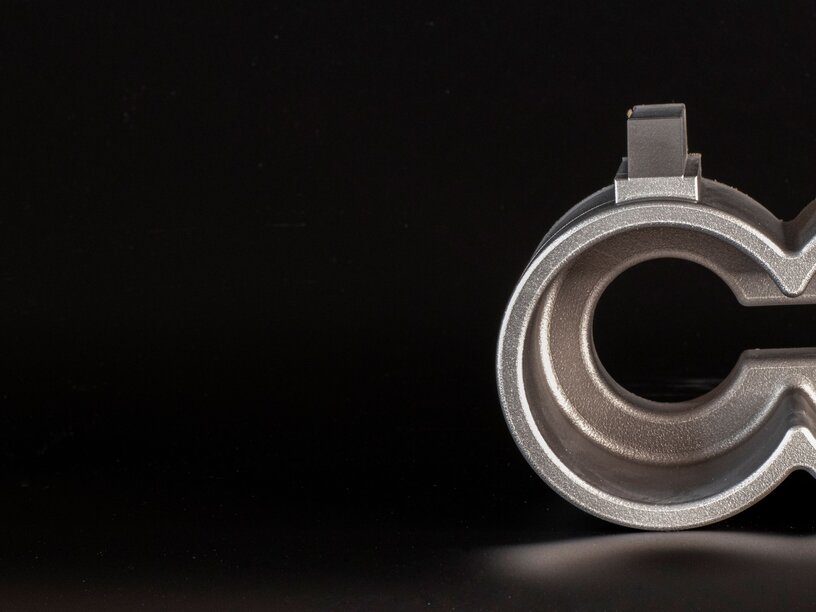
Friends or Foes: Additive and Traditional Manufacturing
MAY 8, 2023 | Reading time: 3 min
Like any modern technology, additive manufacturing (AM) made a big splash when it first came to fruition but was quickly met with skepticism. AM can often be misrepresented as a start-up type technology setting out to dominate traditional manufacturing, which makes up 8.5% of the American workforce (12.85 million jobs). In reality, AM and traditional manufacturing are friendly in the manufacturing industry – another tool in the ever-expanding toolbox of the 21st century.
What is the difference between additive manufacturing and traditional manufacturing?
Traditional manufacturing refers to the practice of molding, carving, and machining to create a product, regardless of the volume. Some common practices in traditional manufacturing are injection molding, CNC machining, and casting. A production line historically leverages a mold that is used to make high volumes of a singular product, an efficient and cost-effective practice that allows businesses to mass-produce in company warehouses.
Additive manufacturing refers to the practice of industrial 3D printing, where instead of carving, molding, or casting to make a product, you are building it layer by layer inside a 3D printing build chamber that follows the path laid out by an STL file, like a CAD (Computer Aided Design) design. This has been adopted heavily by the space and aerospace sectors, as well as medical and dental industries because of the customization and intricacy capabilities of the technology.
Benefits and Drawbacks of AM and Traditional Manufacturing
Traditional manufacturing benefits:
-
High-volume production – traditional manufacturing allows businesses to produce a singular product quickly, creating a production line that can run for 24 hours a day, meeting market demands efficiently.
-
Cost-effective production – with high-volume production comes the capability to reduce cost-per-unit with high production and demand figures. The more you produce with traditional manufacturing, the cheaper each product to manufacture will be, in part because the amortization of the upfront tooling costs, like an injection mold.
-
Part consistency – traditional manufacturing allows for strong part consistency, repeating the same automated manufacturing production with little deviation from the original design.
Traditional manufacturing drawbacks:
-
High material waste – the act of carving or producing a singular unit with traditional manufacturing methods creates excessive waste. Subtracting material to reach the final product is the way it has always been done – but what if that material did not have to go to waste because of traditional manufacturing practices?
-
Little ability to deviate from original prototype design – traditional manufacturing relies on producing the intended product and the tool used to stamp or carve the design. After the tool is made for production, there is little to no ability for production lines to change or add to the initial product prototype.
-
High cost for low to medium production levels – the amortization of the initial tooling expenses across production is key to decreasing cost-per-part. Without a large production order, the cost to manufacture each individual item is higher, eating into the bottom line because of production expenses.
Additive manufacturing benefits:
-
Material flexibility – leveraging polymer or metal additive manufacturing opens opportunities for printing with multiple materials and selecting the optimal material based on material properties and characteristics that fit the intended application rather than availability or material scarcity. This allows companies in aerospace, for example, to toggle between printing in titanium (Ti64) and aluminum (AlSi10Mg) based on the intended use of the application.
-
Digital warehousing and small-batch production – additive manufacturing has coined the phrase ‘digital warehousing’ to describe that with a library of STL files at your fingertips, you have a warehouse living in your computer rather than in a physical stock facility. With the ability to decide how many and of what you would like to print allows for limited production lines to be accessible and met quickly rather than re-designing the wheel (or stamp).
-
Customization and part consolidation – with STL files, you can alter the prototype or initial design and send it to the printer within minutes. No need to create the tool for the product, the laser and STL file work in tandem as a guided map to build a complete product. Designing with AM also allows for part consolidation because of the complex capabilities of 3D printing.
Additive manufacturing drawbacks:
-
Upfront cost – the cost of purchasing an AM system can cause sticker shock at first for those new to industrial 3D printing. Purchasing a system of this caliber is a substantial investment for most organizations, but similarly to the way traditional manufacturing amortizes the initial cost of a CNC machine or casting tool, the cost of an AM system will pay for itself tenfold over time with the ability to print and change materials on demand based on your business specifications.
-
Post-processing – the process of smoothing, dyeing, and finishing the AM applications directly after their build can require additional tools and equipment to complete the part production effectively. Although this adds some time to your overall project completion date, it allows those with applications that will be on display to reach the optimal physical appearance for their applications.
-
Build size restrictions – AM system build volumes vary by size and do not accommodate all application dimensions. Depending on the intricacies of the application and if AM is the solution for you, our sister organization, AMCM (Additive Manufacturing Customized Machines) can modify and build an EOS system with added specifications such as a larger build volume, stronger lasers, and fine detail resolution (FDR).
How to know which process is right for you
Both processes have benefits and drawbacks - it is all about what the best fit is for your application and production goals. If you are making the exact same simple product in mass units, traditional manufacturing like injection molding may be the more streamlined approach to production. If you are offering customization with a product, have intricate geometrical designs or internal structures, or a production goal that may expand or contract over time, AM is worth considering for both short and long-term manufacturing.
An example of additive and traditional manufacturing collaborating within a production house:
Bauer Hockey REAKT helmet
When Bauer initially discussed a collaboration, they were skeptical of AM’s ability to scale from prototype to production. They knew it was not the most cost-effective solution for a mass-produced product – but also knew they could stand to benefit by leveraging the steady gain of the customization popularity and wanted to offer a customized helmet made to fit one rather than one-size-fits-all. Fast-forward – Bauer has accepted and plans to expand their 3D printed product lines and overall production with the help of EOS Additive Minds and Digital Foam.
If you are interested in learning more about how AM can add to your production capabilities and portfolio, contact our sales team to discuss your options and production goals today.


